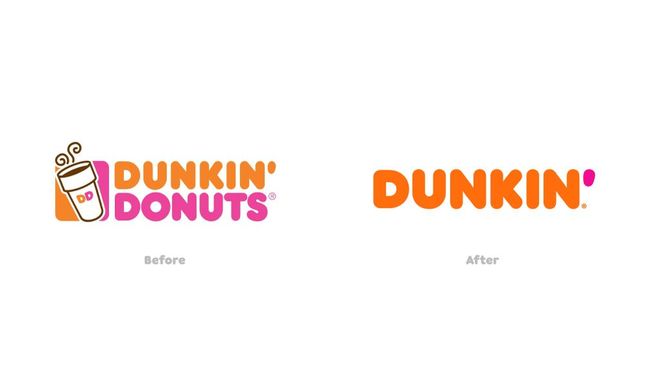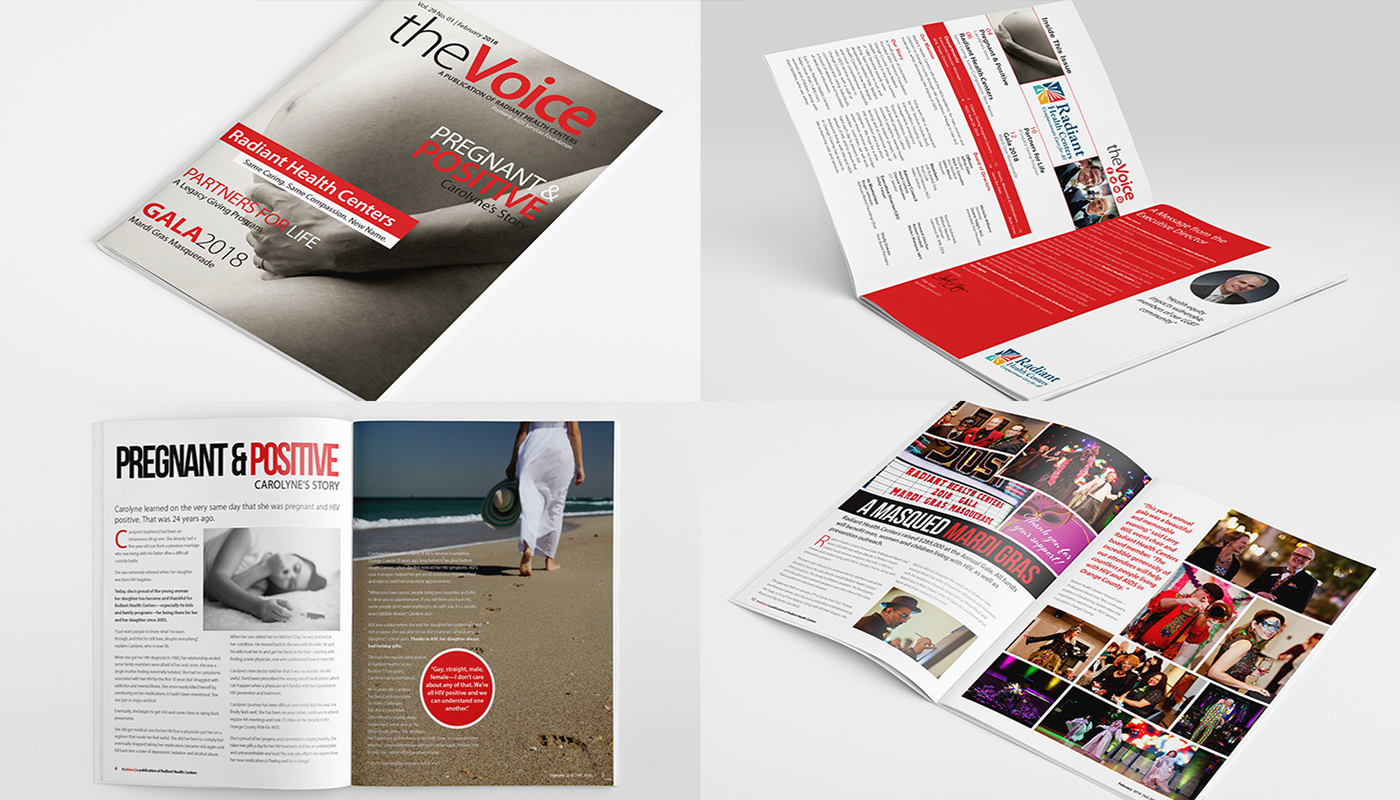A successful rebrand doesn’t just reflect where you are—it sets the direction for where you’re headed. For organizations navigating change, it’s a visible signal of something deeper: a transformation in strategy, structure or audience.
When working with leadership teams, we understand that a strong rebranding strategy can do more than turn heads—it can turn the page. When there’s a clear purpose behind the change and the communication is intentional, everything starts to click. Teams align. Stakeholders re-engage. Markets pay attention. That kind of momentum only happens when your message is sharp, your story connects and your decisions reflect where you’re truly headed.
Recognize When It’s Time to Rebrand
There are a few clear signs that it’s time for a rebrand:
- Your mission and/or services have evolved, but your brand hasn’t.
- Customers are unclear about what you offer.
- You’re entering new markets or launching offerings your current brand doesn’t support.
- Your brand identity feels outdated.
- You’ve undergone a major structural change.
- You’re working to recover or reposition after a reputation hit.
If any of these resonate, it’s worth taking a step back to ask: Is our current brand helping us grow or holding us back?
Address the Emotions Behind Brand Change
It’s tempting to think of rebranding as a tactical exercise—a new logo, some new language, a fresh website. But in reality, it’s a deeply emotional process. Employees may feel attached to the existing identity. Longtime customers may fear you’re abandoning what made you trustworthy. Even leadership teams can be divided about what the brand should represent.
When (W)right On Communications rebranded AIDS Services Foundation to Radiant Health Centers, our client partner wasn’t just changing their name. They were changing their story. Their services had grown beyond HIV/AIDS support to include a full spectrum of LGBTQ+ healthcare needs, but the old brand didn’t reflect that. Through careful research, stakeholder interviews and community conversations, we helped them land on a name and identity that honored their legacy while signaling a broader, more inclusive mission.
That success wasn’t just about design. It was about building a brand narrative that felt authentic and aspirational—and making sure every audience, from employees to donors, felt included in the change.
Another strong example is Dunkin’s successful rebrand from Dunkin’ Donuts. By dropping “Donuts” from its name, the brand emphasized its evolution into a broader beverage-led, on-the-go experience. This move helped modernize the chain’s image and appeal to younger, health-conscious consumers—all without losing the equity of its recognizable name.

Avoid the Most Common Rebranding Mistakes
If you’re considering a rebrand, beware of these common missteps:
Turn Your Rebrand into Results with the Right Strategy
So how do you get it right? Here are the practices we bring into every brand transformation project:
Final Thoughts
Make your rebrand more than a reveal—make it a rallying cry. Use your rebrand to align your team, re-engage your audience and tell a story that moves your mission forward. Define the future, then bring everyone with you!
Author Mindy Wright is Communications Strategist at (W)right On Communications. Wondering whether it’s time to rebrand, or need help with rebranding strategy? Call us at (858) 886-7900 or email info@wrightoncomm.com.





















